How to Wash Your Face Correctly for Your Skin Type and Healthier Skin
Washing your face might seem like the most basic step in your skincare routine—splash on some water, rub in a little cleanser, rinse, done. But ask any dermatologist, and they’ll tell you that how you wash your face can make or break the health of your skin. Whether you’re dealing with dryness, oiliness, sensitivity, or just trying to maintain a healthy glow, the method and products you use matter more than you might think. Here’s how to wash your face the right way—and what to change depending on your skin type.
Why Proper Face Washing Matters

Let’s start with the “why.” Cleansing your face isn’t just about removing makeup—it clears away sweat, excess oil, pollution particles, bacteria, and dead skin cells that accumulate on your skin throughout the day (and night). When done correctly, it helps maintain a healthy skin barrier, prevents clogged pores, and boosts the effectiveness of moisturizers, serums, and treatments that follow.
But when done wrong? You could be stripping your skin, causing breakouts, triggering redness, or accelerating the signs of aging.
How Often Should You Wash Your Face?
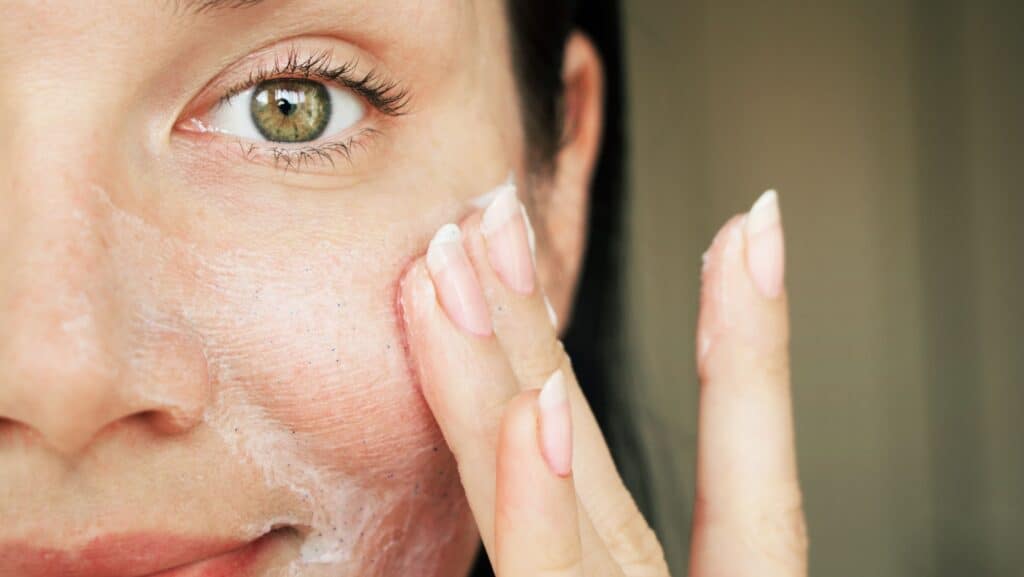
Most dermatologists agree: washing your face twice a day—morning and night—is ideal for most people. But there are exceptions.
- Dry or sensitive skin types may do best with just one gentle cleanse at night, rinsing with lukewarm water in the morning instead.
- Oily or acne-prone skin may benefit from a twice-daily cleanse to keep excess sebum and bacteria in check.
- After sweating (think workouts or hot weather), a quick cleanse is also smart—even if it means an extra wash.
One thing everyone should avoid: overwashing. If your skin feels tight, flaky, or stings after washing, it might be a sign you’re doing too much—or using the wrong cleanser.
Step-by-Step: The Right Way to Wash Your Face
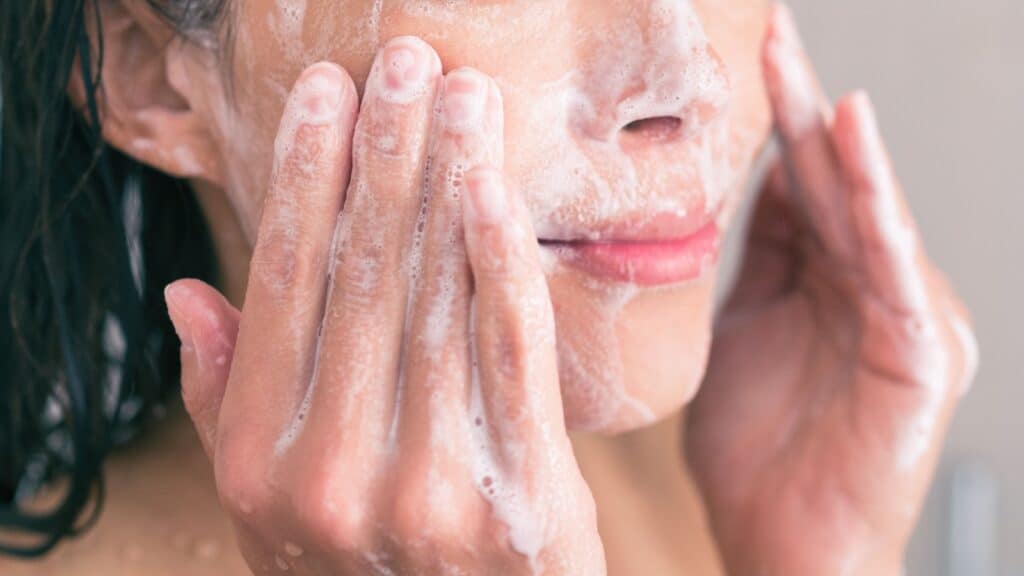
- Wash your hands first. Sounds obvious, but dirty hands can transfer bacteria to your skin.
- Use lukewarm water. Hot water strips natural oils and can damage the skin barrier. Cold water won’t dissolve oil-based debris effectively.
- Apply a gentle cleanser. Use fingertips—not a washcloth or sponge—to apply the product in circular motions for 20 to 30 seconds.
- Rinse thoroughly. Leftover residue can clog pores or cause irritation.
- Pat dry with a clean towel. Don’t rub! And definitely don’t use the same towel on your face that you used on your body.
- Follow up immediately. Within 30 seconds, apply toner, serum, or moisturizer while skin is still slightly damp to lock in hydration.
What Type of Cleanser Should You Use?

Choosing the right cleanser depends on your skin type—and using the wrong one can cause more harm than skipping cleansing altogether.
If You Have Dry Skin
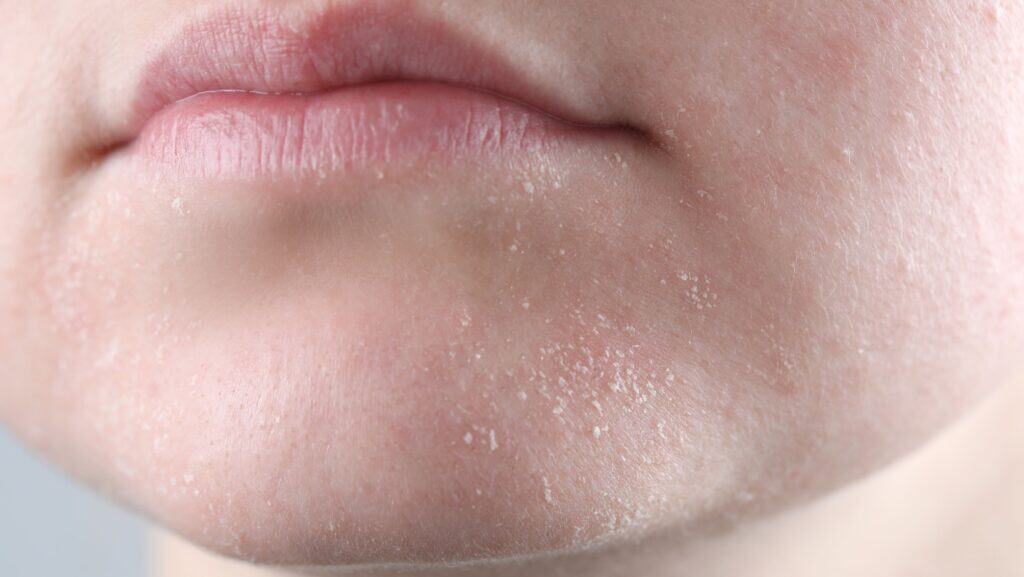
Your skin likely feels tight after washing, may appear flaky, and often needs extra moisture. You’ll want:
- Cream or milk cleansers that hydrate while they cleanse
- Ingredients like glycerin, hyaluronic acid, squalane, or ceramides
- Avoid foaming cleansers or anything labeled “deep-cleaning”
Look for formulas labeled “hydrating” or “moisture-rich.” And stick to washing once a day at night—your skin doesn’t need to be stripped twice.
If You Have Oily or Acne-Prone Skin

You might be tempted to scrub and foam your face into submission—but that backfires. Over-cleansing can trigger more oil production, not less.
- Choose gel or foaming cleansers that are non-comedogenic
- Look for active ingredients like salicylic acid, benzoyl peroxide, niacinamide, or tea tree oil
- Avoid harsh scrubs or alcohol-based toners
Consistency matters more than harshness. If you’re breaking out, give a new cleanser at least 2 to 4 weeks to work before trying something new.
If You Have Sensitive Skin

You probably know your skin flares up easily—redness, itching, stinging, or dry patches are common. So, go minimalist.
- Use fragrance-free, sulfate-free cleansers
- Look for labels like “for sensitive skin” or “dermatologist-tested”
- Ingredients like colloidal oatmeal, aloe vera, or chamomile can soothe irritation
Micellar water can also be a great option for ultra-sensitive skin—but always rinse afterward to avoid residue.
If You Have Combination Skin
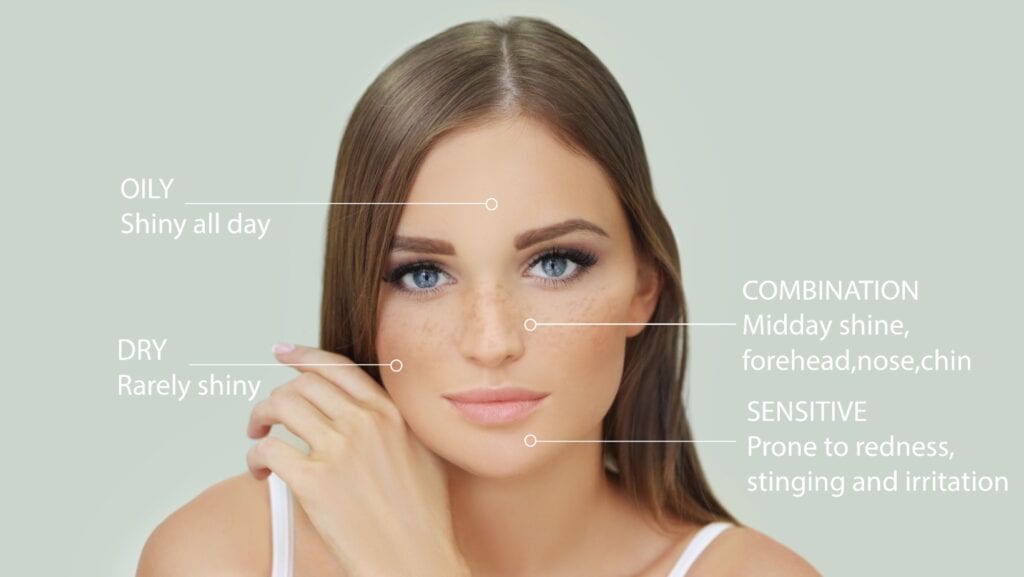
Welcome to the club—your T-zone (forehead, nose, chin) may be oily while cheeks are dry or normal.
- Try a balancing gel cleanser or use two different cleansers: one gentle for cheeks and one stronger for oily areas
- Avoid over-correcting—don’t treat the whole face like it’s one skin type
Hydrating serums or light gel moisturizers can help maintain balance after cleansing.
Signs You’re Washing Your Face the Wrong Way
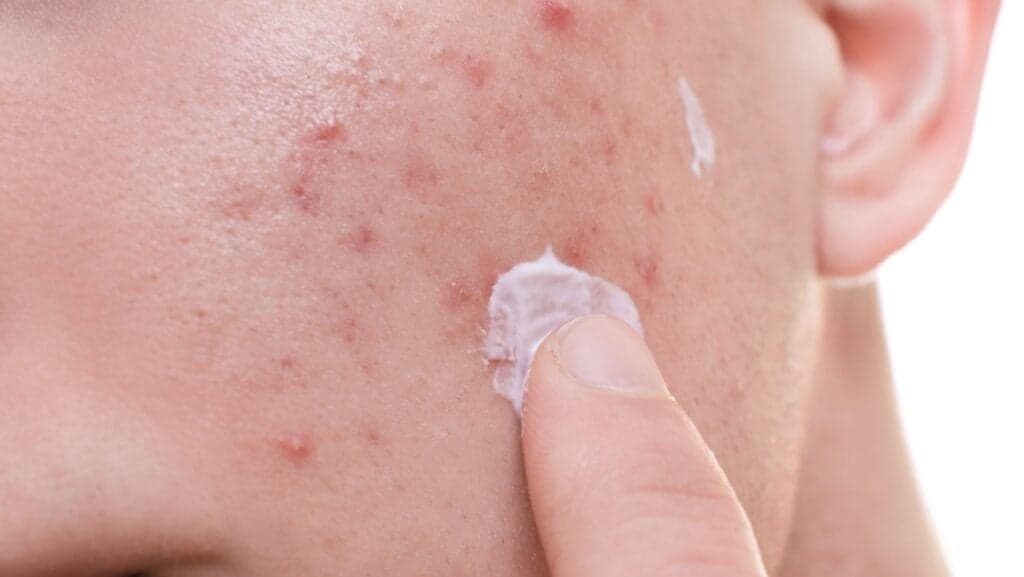
Not sure if your face-washing technique is sabotaging your skin? Here are a few warning signs:
- Tightness after cleansing – Your skin shouldn’t feel squeaky-clean. That’s a sign your barrier is compromised.
- More breakouts, not fewer – You could be clogging pores with leftover makeup, not rinsing well, or over-washing.
- Redness or stinging – This usually means your cleanser is too harsh or contains irritants like fragrance or alcohol.
- Flakiness or peeling – Often a result of using drying ingredients or hot water.
If you’re experiencing any of these, re-evaluate your cleanser and your technique. Sometimes, less really is more.
Bonus Tips from Dermatologists

- Double cleanse at night if you wear sunscreen or makeup: first with an oil-based cleanser or micellar water, then your usual cleanser.
- Don’t use bar soap—even if it says, “for face.” Most bars are too alkaline and strip your skin’s acid mantle.
- Avoid exfoliating daily. Physical scrubs and acids should be used 2–3 times per week, max, unless directed by a dermatologist.
Can Face Washing Help with Anti-Aging?
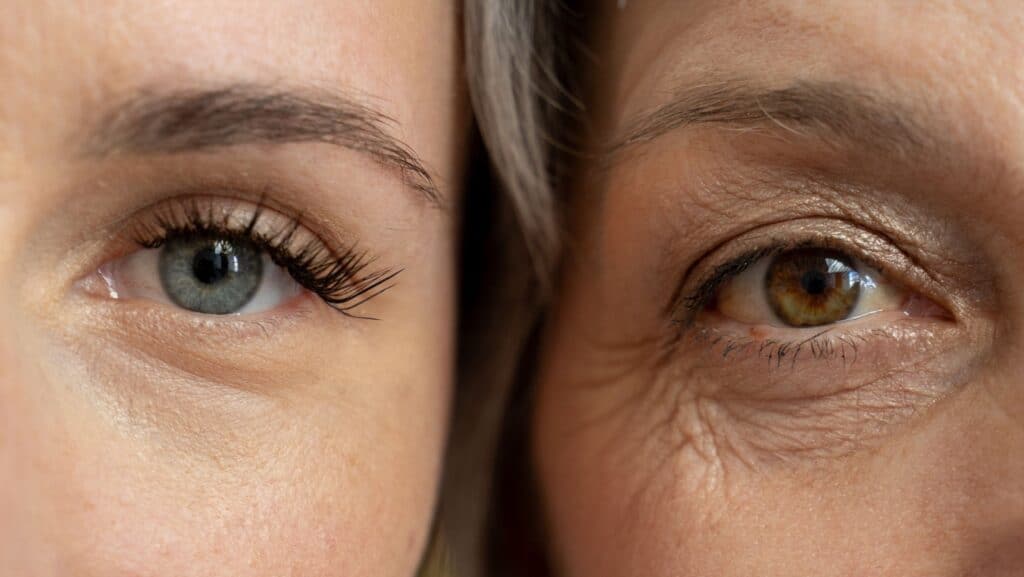
Yes—clean skin absorbs products better. If you’re investing in serums or treatments for fine lines, pigmentation, or firmness, proper cleansing is your first line of defense. Look for antioxidant cleansers with vitamin C or mild exfoliants like lactic acid to support cell turnover.
But remember: gentle consistency beats aggressive treatments every time.
Final Thoughts

Washing your face might be the simplest part of your skincare routine, but it’s also the foundation. Tailoring your cleansing habits to your skin type, choosing the right ingredients, and paying attention to how your skin responds can make a dramatic difference.
You don’t need an elaborate multi-step ritual, expensive gadgets, or scrubby cloths. Just your clean hands, a smart cleanser, and a couple of minutes of mindfulness. Your face will thank you—day after day.
The Hidden Dangers of Tattoo Ink: What You Should Know Before Getting Inked

Tattoos are a centuries-old form of self-expression, a permanent canvas where art meets identity. However, as tattoos grow in popularity, with an estimated 30% of Americans sporting at least one, many consumers remain unaware of the murky regulatory waters surrounding tattoo ink. This lack of regulation raises critical questions about what exactly is being injected into your skin and the potential health implications.
READ: The Hidden Dangers of Tattoo Ink: What You Should Know Before Getting Inked
Top 10 Sunscreen Mistakes That Could Be Harming Your Skin (And How to Avoid Them)

Sunscreen is your skin’s first line of defense against premature aging and skin cancer. Yet, many of us unknowingly make mistakes that compromise its effectiveness. Dermatologists emphasize that proper sunscreen use is crucial for maintaining youthful, healthy skin. Are you using it correctly? Are you using it at all? We hope so! Here are some common mistakes that are commonly seen.
READ: Top 10 Sunscreen Mistakes That Could Be Harming Your Skin (And How to Avoid Them)
Join Us

Join us on this empowering journey as we explore, celebrate, and elevate “her story.” The Queen Zone is not just a platform; it’s a community where women from all walks of life can come together, share their experiences, and inspire one another. Welcome to a space where the female experience takes center stage. Sign up for our newsletter so you don’t miss a thing, Queen!







